Who am I? A guide to finding yourself.
That’s a question people can only answer themselves. There is no book, study, or religious text that will offer perfect answers for this rather subjective question. Yet there are many ways to find out who you truly are.
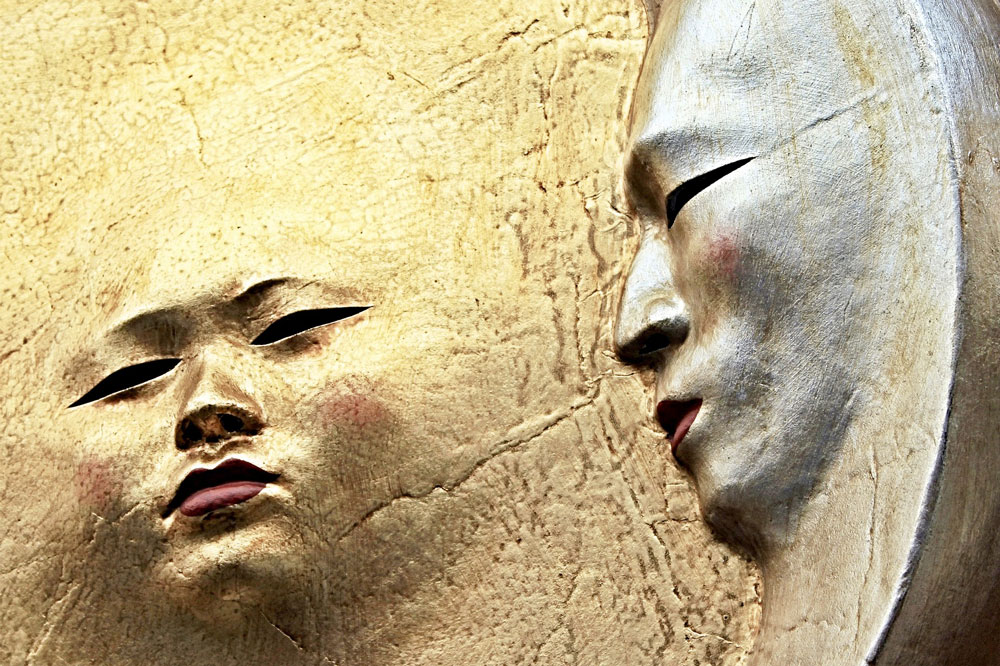
Therefore, anyone can embark on a journey to find themselves, especially once the yearning for expansion has grown strong enough.
Do I really want to know myself?
The first question that comes up: Do I really want to get to know myself with all my various facets?
Most people will not hesitate for long before they answer with “yes”. However, as soon as people are confronted with the way they think or behave, the first doubts emerge.
In all sciences, whether it is psychology, philosophy, physics, or medicine, it is assumed that a person is more than just a body. We can all agree on that.
Beyond this common ground there are just as many theories about who we are as there are sciences and beliefs. In the end, we find out just how little we actually know.
So far so good. Everyone is familiar with this subtle yearning for the divine, for self-knowledge, or the unknown within us. On a strictly biological level we consist of cells and DNA. A physics professor will argue, that we are mostly empty space. From a spiritual point of view, we are beings of light. All these labels, though different, seem to be correct. They still leave behind a distinct after taste of cluelessness.
Countless people feel this emptiness in themselves so intensely, feel so lost, nothing to hold on to, that they end up in depression. Many doctors blame the biochemistry in our brains. Most psychologists find personality disorders, that are related to the predestinations of the respective person. Perhaps there is a third possibility that is worth looking at. Self-knowledge – a term that is insufficiently defined – could cast a light into this dark, unknown room.
Children and conditioning
During the first months and years of life, children are lost without having people as a reference. They need to trust them blindly. Parents give them what they urgently need: a mirror. A mirror to orient themselves. In the moment that children are perceived by others on an emotional level, they have the chance to realize that they exist. This happens through the presence of those that show care for them, in their emotional reactions, in what they say, in how they touch, and soon how they explain the world to them. The young citizens of the earth are able to see emotional reactions in their fellow human beings. Therefore these emotions must be also be present in them. This feedback is essential for children.
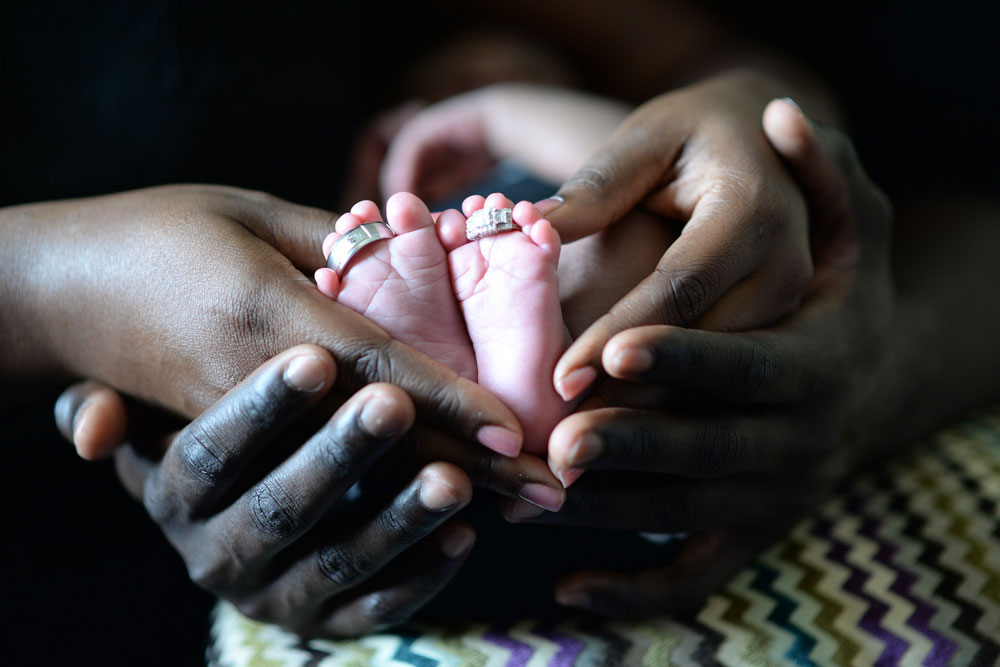
This also means, however, that apparently they perceive almost nothing, if there is nobody that expresses an emotional reaction. If they believe from their point of view that they do not exist, they will soon cease to exist in the physical world.
We can follow up on this train of thought. The more the world around young human beings bestows upon them gifts such as attention, love, and care, the more they can perceive, feel, and love themselves.
The consequences of non-attention are loneliness, a feeling of being lost. If they are not mirrored in the external world, a gap between existence and non-existence develops. This state can trigger depression, sorrow and suffering. At first, therefore, humans are that, which people see in them. Everyone has a particular image of themselves, with which they identify. We are a collection of identifications that are imposed on us by parents, society and personal experiences.
Children have no way of deciding against these influences. However, in this very moment, each one of us is able to decide against their assumed thought patterns, if they do not serve us well anymore.
Before diving into the quest of “who we are”, each one of us should examine for themselves which characteristics, thought patterns, behavioural patterns, and beliefs they have decided for – consciously or subconsciously.
The question therefore is: Who do I think I am?
Who do I think I am?
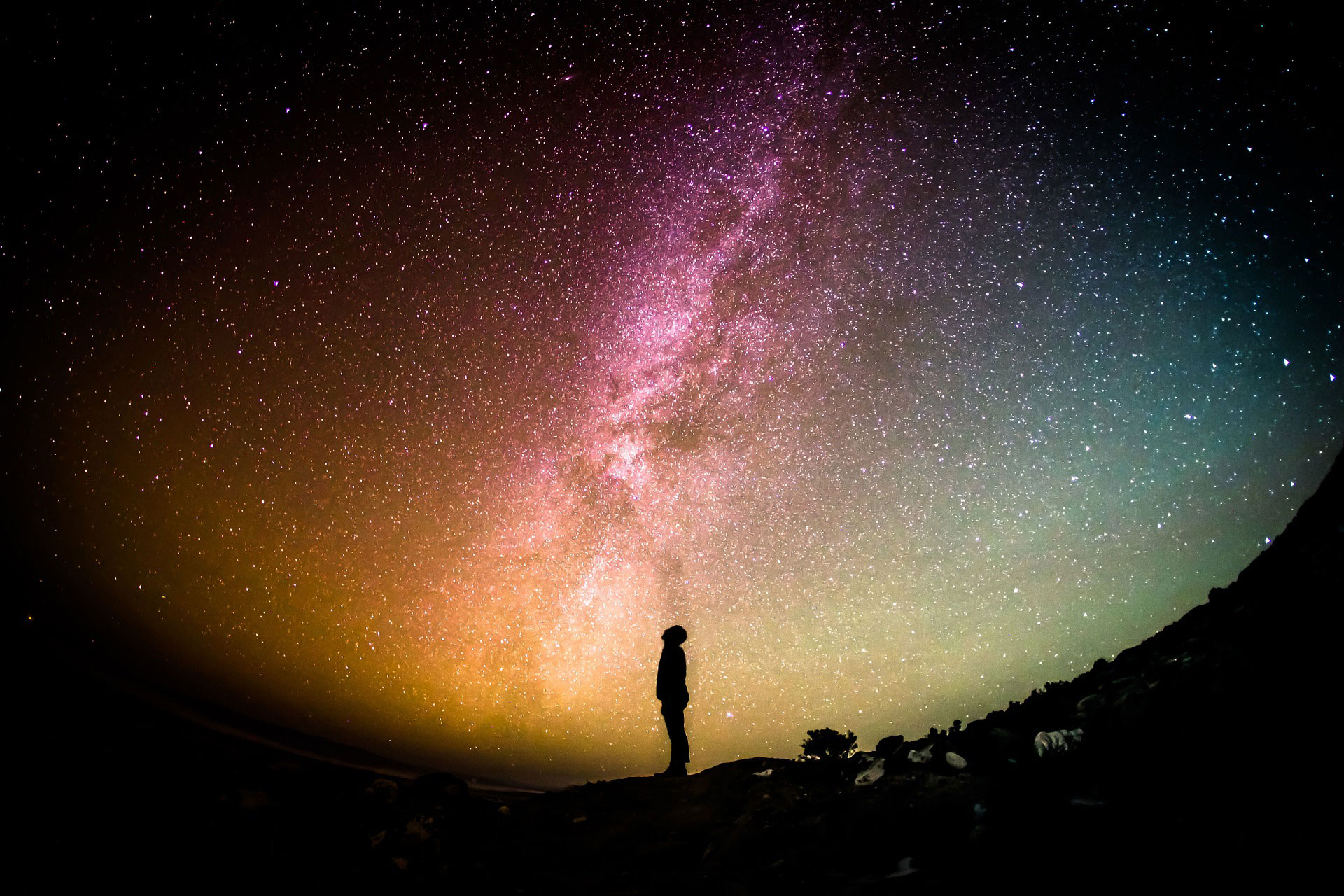
This question requires our attention to be directed inwards. Children love unconditionally, at first. That is, until they are taught (or they experience for themselves), that love can be conditional. They are compared and lose their innocence and uniqueness in the process. They experience human values with emphasis on performance, success, and materialism. Empathy, self love and simply being happy to exist shift to the background. Bit by bit, children develop a self image, that is tainted by the moral and value structures of the parents, society and their own experience in relation to the latter two.
Everything that we experience has its purpose. The primary persons of reference are the first and most important mentors in the life of an individual. Should these teachers be ready, to question the messages and values that they have received, before passing them on, the children get the chance to learn many things. On the way to self understanding these teachers can also become the biggest obstacles, if their views about us and the world become our truth.
The world of objects
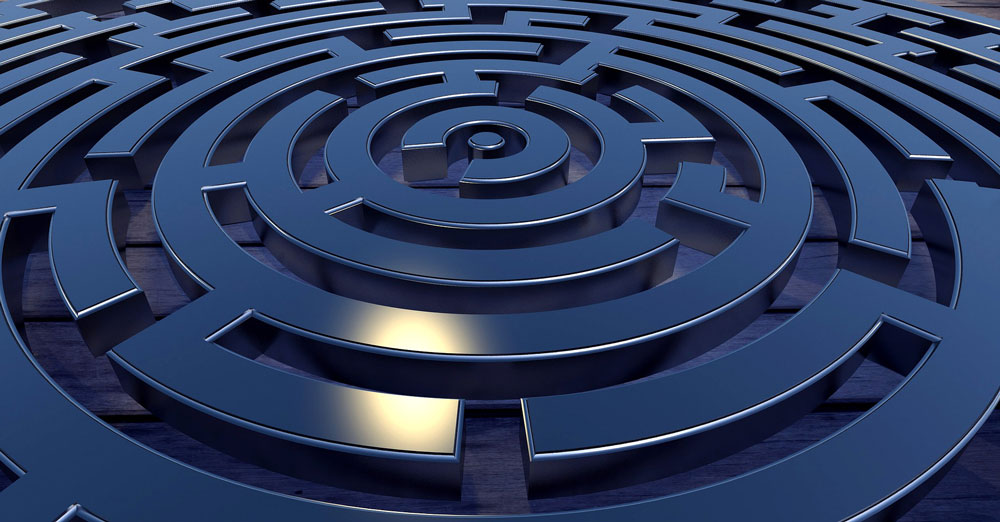
As a survival strategy we turn towards people that explain reality and existence to us. We crave their labels and categorizations. But is it possible to live the rest of our lives, seeing ourselves and the world without these labels and categorizations?
Could we actually gaze upon a tree, not categorize it, as we learned from others when we were young? Species, genus, size, age, exploitability, and many more. Could we succeed in suspending our belief in all these characteristics and see through them? For most, that might be tough at first. People have been trained to think pigeon-holed. There is the tree – here I am. That is a helpful point of reference in a world of apparent duality, that conveys separation of things such as good and evil, or desirable and hostile.
There surely is utility in the distance between observer and objects, persons, events, and situations. It confirms for example that we exist – in a world of physical objects. When the supposed observer perceives the things around him as isolated from himself, understanding them as ‘not-self’, he is able to fence himself off from ‘all-that-is’. He can center and compress himself. He can get to know himself as a separate entity, living in a world that is separate from him. In order to experience himself as an independent individual, the observer first needs to believe, that he is separate from all.
During the ensuing chapters of life people adopt more beliefs. They identify themselves by their name, gender, colour of their skin, nationality, and many more.
Again, all these identities serve to help us focus and protect. The actors on the stage of life can live out these characters and then feel what it is like to be such a facet of themselves.
Navigation to self
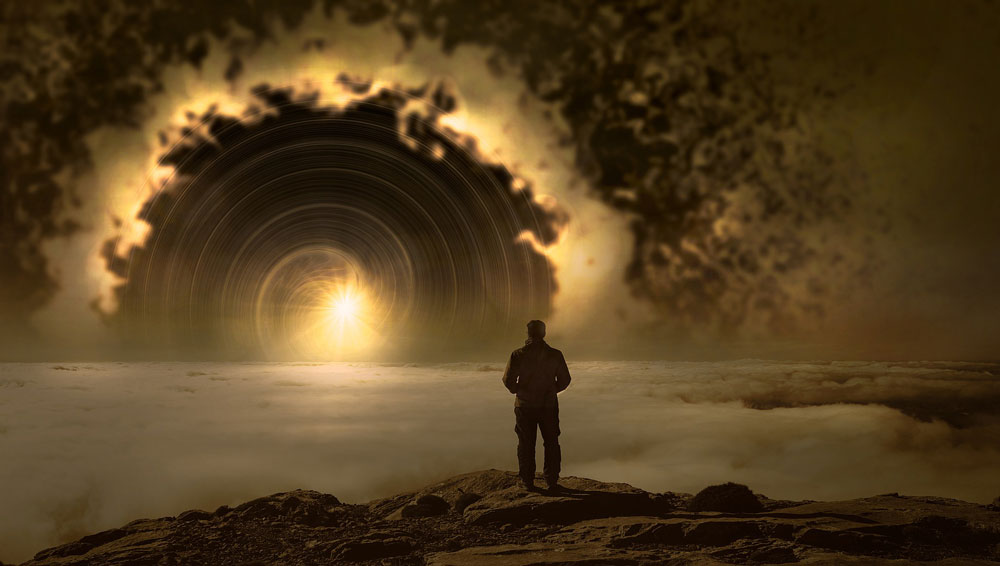
The world around us in each moment of our lives holds an unlimited amount of clues, to help us solve the riddle of our existence. However, they are not that easy to spot. We need to pay attention, be aware of the now, live in the present. Whenever we venture into the future or the past with our thoughts, we miss out on all these various signposts. However, if we consciously stay in the everlasting present moment, this one and only instant, we may notice and use these discoveries. This is a choice. We can ignore them in spite of our understanding of their messaging, and instead choose to remain in our present identity. We can also choose to continue to become ‘higher’ versions of ourselves.
The messages can come through many vessels: things that people say, recommendations we receive, falling ill, through a sudden ray of sunlight on our face that moments before was obscured by clouds, through recurring life circumstances, and many more. Should we not be happy at the current stage of life, we can dare to use these external patterns to break new ground.
There is also a second navigation system within us. The compass needle always spins around and about in moments of joy. In those moments our compass points us towards personal development, towards a new possible identity. These sparks of joy can be small or large. Each time we notice them we can be sure, that they are pointing towards a new chance for happiness. The enthusiasm we feel is already part of the new world, that we can choose to explore. A taste of that what we can expect. With each passing feeling of enthusiasm, our inner unique essence screams out: “That’s me!”
The decision to move on does not have to be a radical one. We do not have to jump over a cliff without a parachute. We can continue to live out our old identity, and simultaneously start building up parallel pathways, that promise more joy.
Climbing up the spiral
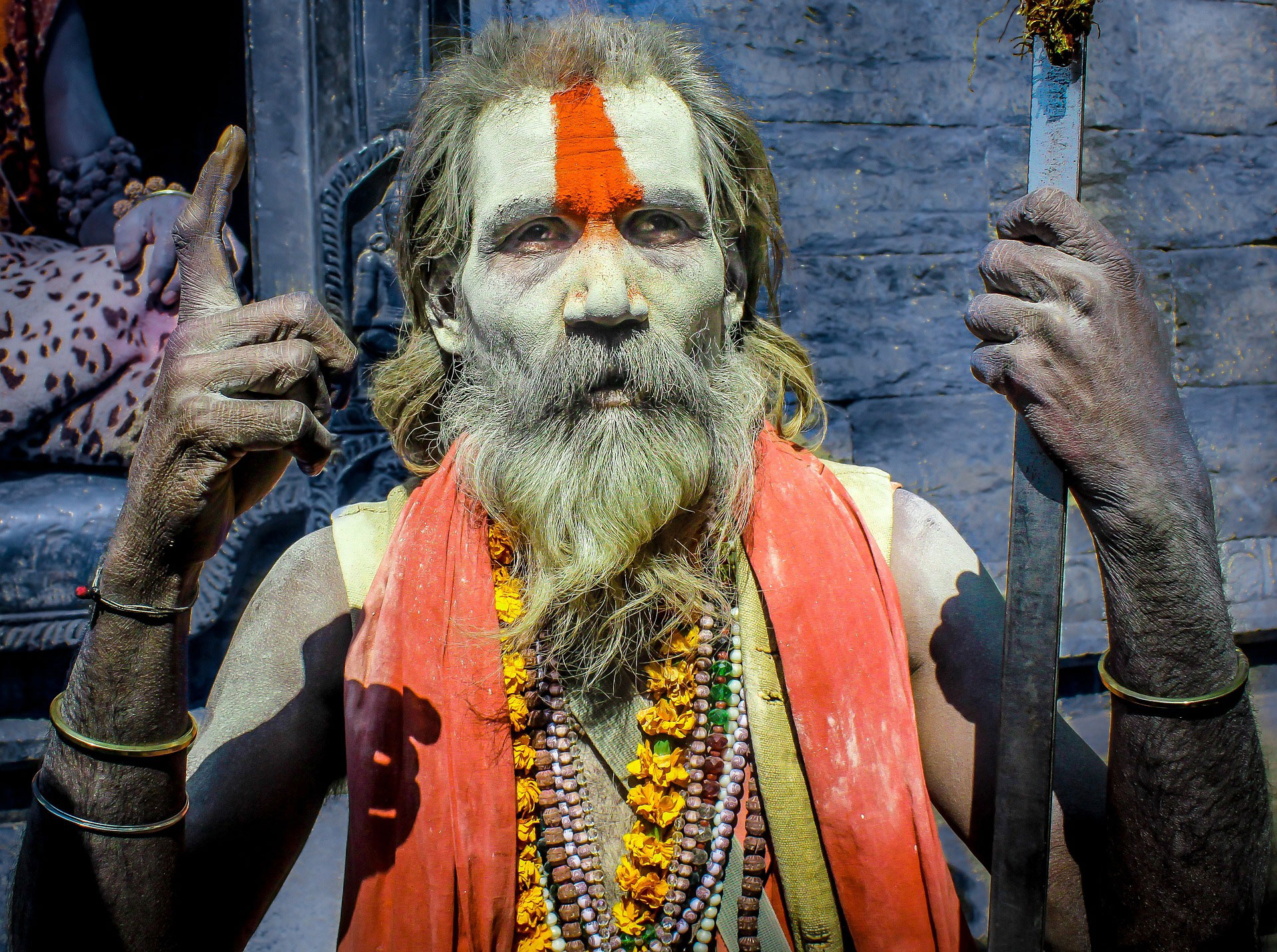
Identifications are useful, in order to get to know oneself better on the path of self discovery. Every identity that is lived through, contains certain experiences, that can help us reach the next level of consciousness. This way we climb up an invisible spiral, step by step, that continues to expose us to the same or similar people, objects, events, and situations. The difference between a spiral and a circle is that a spiral allows us to continuously change our inner and outer perceptions, and realize deeper truths. In a circle, however, everything remains the same. That includes our perspective.
Nevertheless, many people decide to live in circles, consciously or unconsciously. They choose circles that on the surface seem to provide security. They do that, because their old identities pretend to know their way around. Furthermore, they even pretend to know their way around when it comes to failing. These identities that promise security come in various disguises and manifestations. Many people give highest priority to them, as a way to hold on to traditions. They are symbols of distrust in life, and are therefore a manifestation of distrust in oneself. Based on the roads already taken many times, people protect themselves from growth and change. We could also say, they resist their own development.
They might not possess the necessary strength, to surrender to the remodeling, the out-of-the-comfort-zone-catapulting, the unknown that is accompanied by climbing up the spiral. Subsequently many remain in their assumed identities, that appear to be them. In a universe that is constantly changing, where everything flows, this supposed state of security can be quite deceiving. The fear of this realization, what or who we truly are, is holding many people back from studying and exploring their inner self.
„The definition of insanity is doing the same thing over and over and expecting different results.“
Albert Einstein
The growth process can be compared to the layers of an onion. The further people develop in their lives, the more layers they will penetrate. Each one of these layers will expose one of their temporary identities. Each time we penetrate one of these layers, we can choose to grow or not to grow. We can hold on to what we believe we are. We can do that until the day we die. There is nothing reprehensible about that. Everyone holds the liberty to decide, how they want to experience themselves. However, such an old shell can become quite tight and uncomfortable. Such a permanently looping circle can wear one down, depress, even kill. Though, this choice is just as legitimate. We are the masters of our experience.
The more uncomfortable our ideas become to us, the more difficult and rougher our lives. Some people only decide in the very last moment, once the suffering has become insurmountable, to trust themselves and abandon old beliefs and patterns. The decision is ours. We abandon our old beliefs, about who we are and begin a journey to new lands.
“(…) A thoughtful person can only choose between two attitudes: Either fear and hostile resistance, or reverence and trustful dedication. (…)”
Max Planck
Should we decide to say “farewell” to our ways, suddenly new doors open, new solutions present themselves with each step on this unknown terrain. Courage is rewarded. We work out deeper truths, unusual perspectives on well-known people, places, and events. This way we discover and act out new facets of ourselves. We do not necessarily have to accept them. We are free to reject new emerging versions of ourselves, when there is sufficient trust in ourselves as we are and a dedication to life stays present. We can continue to climb even deeper down this rabbit hole.
The further we climb up the spiral, the more we let go of identity inducing patterns, limitations, and beliefs – the more we discover who we are. We increasingly experience the world of objects as a guide leading us to the new and the unknown.
A shocking realization
Once we see the world around us as a hall of mirrors, that reflects back on us all limitations and beliefs about ourselves, we gradually become less inclined to remain in certain identities.
Through our understanding, we create the world and the reality which we perceive through our eyes. This, on the other hand, is determined through the belief of who we are and what life is. Everything that we experience, everything that we see in other people, what people we meet and what situations we find ourselves in, is a reflection of our self. Therefore we are more powerful than we think.
Now we are conscious of this unruly urge, to experience more of ourselves, to conquer one level after another. We can smell freedom. We can increasingly sense the unbelievable and the unfathomable. We can sense something shocking. That is something, that Niels Bohr implied in one of his most popular quotes:
“If quantum mechanics hasn’t profoundly shocked you, you haven’t understood it yet.”
Niels Bohr
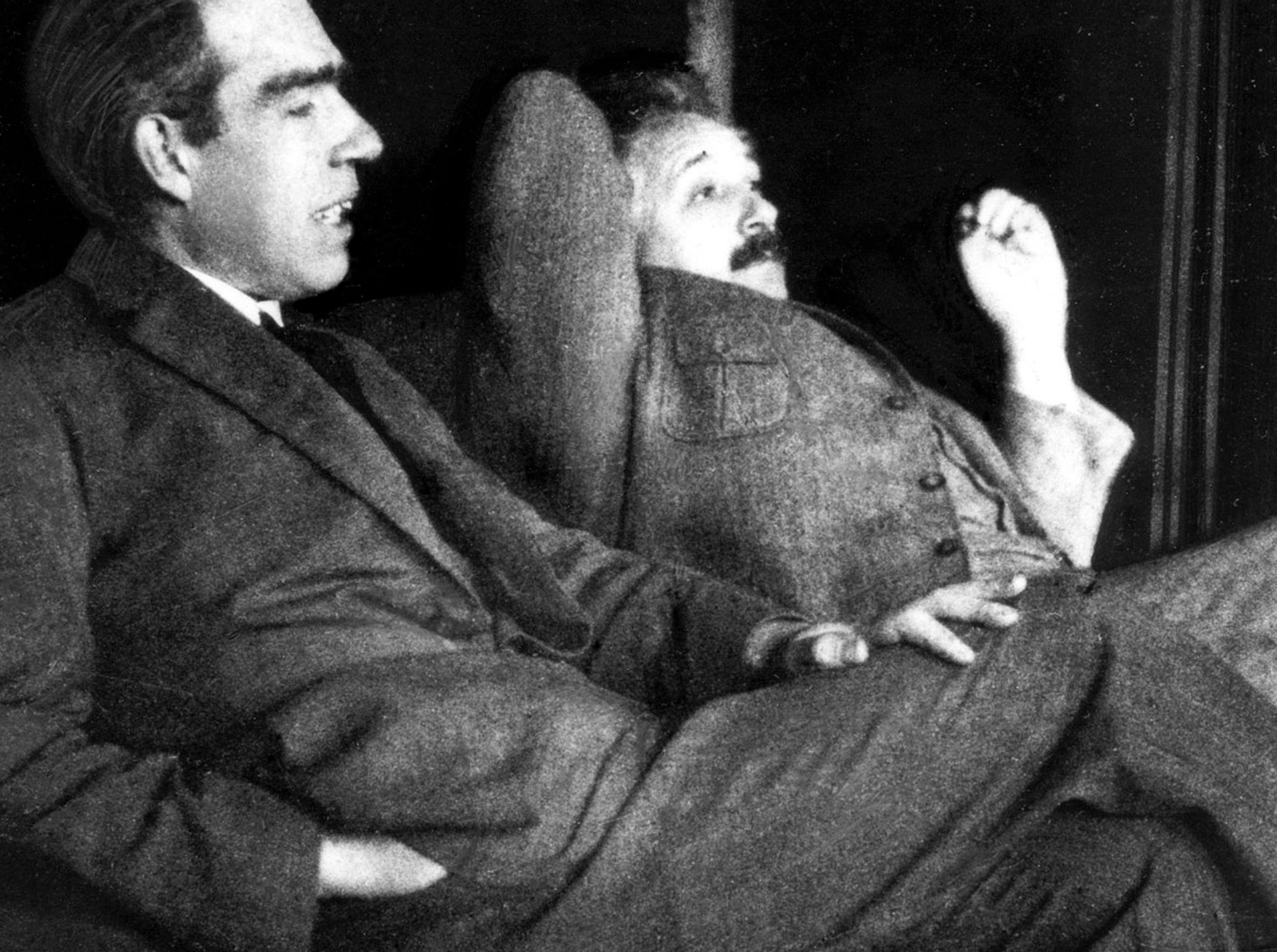
We can comprehend things from the depths of our heart, that are unexplainable and undoubtedly cannot be true for conscious reasoning. The heart finally realizes in gratitude and humility, something that Max Planck, one of the fathers of quantum physics, put up:
“I regard consciousness as fundamental. I regard matter as derivative from consciousness. We cannot get behind consciousness. Everything that we talk about, everything that we regard as existing, postulates consciousness.“
Max Planck
The spiritual masters and quantum physicians agree, that every around us is energy, and that we consist of 99,999999999 % empty space. That means we are both matter and nothingness.
It may sound paradoxical, but that is the current state of science. This empty space, that we apparently are, is beyond what we are capable of imagining. Unexplainable and frightening at the same time.
We become aware that there is nothing, that is not consciousness, and also that all we are is consciousness. We have reached the point of the probably infinite spiral, at which we begin to understand, that apparently we are everything and nothing at the same time. Everything and nothing are seemingly two sides of the same coin. At the core of our essence the realization awaits, that there is nothing in existence, that we are not.
In this area of existence, we are lacking an identity, a label of that, what we would supposedly be. In the current stage of our development we simply must believe in something. We cannot grasp that meaning of nothingness or everything. Therefore, through the mirrors in the world around us, we continue to perceive points of reference, that apparently we do not seem to be, because we use this limitation as a kind of protection, a strategy to progress in the way that we experience reality.
We are always the person we believe to be. This assumed identity determines our experience until we change what we believe about ourselves. In the end, there is no external world, since we are our own world and our own universe. Though, that is a limitation in of itself. The physical body would probably literally shatter, if people lived without a belief, without a concept of self, at this stage of development.
In the end, using these identities and limitations, we protect ourselves from our own inconceivable infinity. Without these self imposed imaginary limitations, we could not go through individual experiences. We would simply be everything and nothing. There would be no points of reference to help define ourselves. In order to go through the individual experience we are undeniably dependent on the illusory, but at some point fading limitations.
All answers are true

Therefore all answers to the question of who we are, are absolutely true, unavoidable, and necessary for survival in this temporary state. All that we do, we do from a place of 100% conviction. After all there are no regrets, no positive, no negative. Everything we do at any given point in time is our own decision. We make these decisions based on that, which we currently believe we are. Therefore, there are no wrong or right decisions or actions. There are only actions and decisions by themselves. That is the statement that describes who we currently are.
Once we recognise this, there is nothing more left to do than to be. The mind might say “Well, that’s boring!”. But if people manage to be with the core of our essence, in that small point of focus, we can reach the conclusion, that we are not only our feelings or our thoughts.
This realization enables a person to create distance between themselves and their thoughts and feelings. Only then we are able to observe the latter two. A redistribution of power is necessary, in order to create that distance. The attention starts to move away from the head, and towards the heart. From there we experience this profound feeling, that everything is just “right” as it is in this moment. The longest journey of humanity is 30 cm long.
That does not mean there are no more goals to reach. He who manages to be observant from that small point of focus, from the heart, from a state of flow, will reach his goals at his own pace, without resistance or effort. This person will flow there, as if it were his calling, as if he would be led there with a subtle and tender grip of a leading hand. In a state of flow we glide with unimpeded ease to our destinations, using the clues from within and around us, observant of the gates that open in the exact moment when it is needed.
The creators
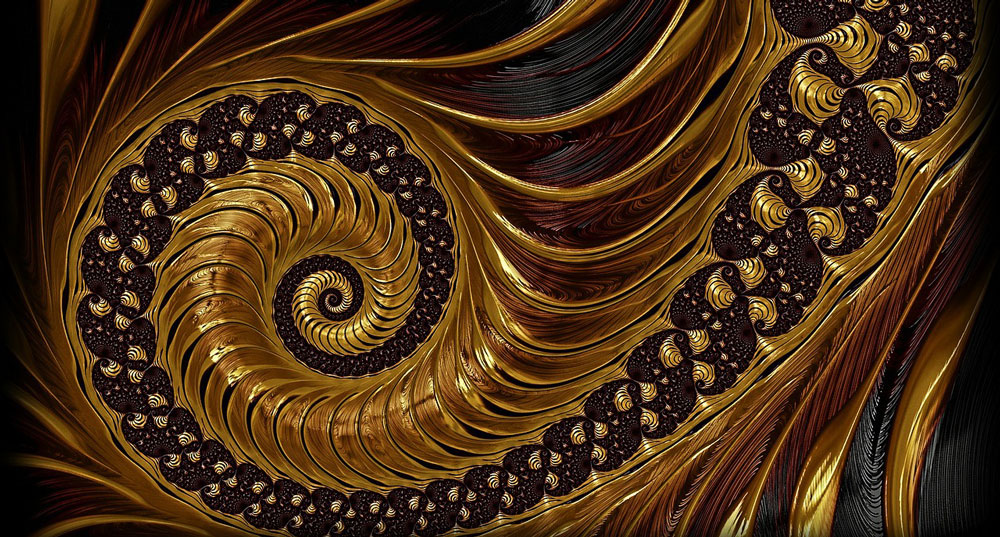
The destinations that we decided to reach, as the center of our own reality, our own world, from where we have an infinite amount of choices in all directions… That which we have decided as worthy of experiencing… That which has been brought, thought, and felt into experience by us, gradually starts manifesting in the physical world. When, from the perspective of the observer, we are focused on this possible future, we can experience that the feelings that we feel in that direction, and the thoughts that we think in that direction, start to become the experience itself. In that moment experience is nothing more but the intensified continuation of the intellectual and emotional imagination that we project onto the “outside” world.
In that moment we experience ourselves as our own creator. We are so free, that we can create everything, once we know that it is possible. Radiating from this point of focus means nothing more, than to create the highest possible version of oneself. Everything happens in the present moment. There is only the “here and now”. When we live and experience the life of our dreams, in resonance with ourselves, without resistance, in a state of encompassing flow, without clinging to the past or future, dream and dreamer become the same. Then we are the makers of creation, those who experience themselves as creators.
… and life is the greatest gift.
Sepideh and Dr. Sven Körbel